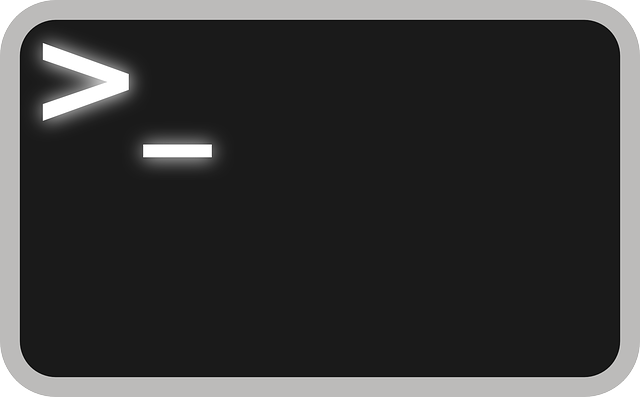Why a Big Hit to Performance Won’t Matter for TrueNAS Backup Targets
TrueNAS CORE 12 was recently put through its paces in our review, where we analyzed the performance of hard drives and flash over SMB and iSCSI shares on the HPE MicroServer Gen10 Plus. One key aspect of this comparison was examining the impact of stronger compression and deduplication with TrueNAS. While performance is certainly something to consider, the potential hit may not be a concern for many TrueNAS backup target scenarios. In this article, we delve into why even a significant drop in performance won’t pose a problem for most backup needs.
TrueNAS Backup Target – The Test Environment
The StorageReview Lab consists of a diverse selection of servers and storage arrays. While many are used for testing, there are also production systems that need to run smoothly. This includes our VMware ESXi-heavy environment, where we back up our test workloads using Veeam v11 and an ExaGrid EX21000E backup target. Our back-ups often require rapid restoration, highlighting the need for efficient storage solutions. We are currently monitoring our backup speeds to determine the need for an additional backup-backup appliance, in this case, a small TrueNAS CORE 12 NAS. Deduplication is essential for any backup target, as it helps prevent redundant data from quickly filling up storage. However, we need to ensure that our HPE MicroServer Gen10 Plus, equipped with a Xeon E-2224 CPU and 32GB of RAM, can keep up with the deduplication process.
TrueNAS Backup Target – Deduplication Performance
The results are in – deduplication does have a major impact on write performance for SMB file transfers. We experienced a 74% decrease in write speed, dropping from 2.62GB/s to 680MB/s. At first glance, this may seem like a significant decline, but it’s important to consider the necessary range for optimal performance. In our case, we were testing the MicroServer Gen10 Plus with a 100GbE NIC, which is likely overkill for the platform. In a typical production setting, a single or dual-port 10GbE NIC would suffice. Our average backup job involves transfer speeds of 400MB/s to 600MB/s to our ExaGrid backup appliance. As such, even with ZSTD compression and deduplication enabled, the MicroServer can easily handle these transfer speeds without extending our nightly backup window. On the flip side, with deduplication enabled, the MicroServer with four 5400RPM hard drives in RAID-Z2 was able to achieve 1.1GB/s in read performance, surpassing the speed of 10GbE. Therefore, the 27.6% drop in read speed from 1.38GB/s to 1.1GB/s is not significant.
Final Thoughts
When considering the potential benefits of enabling deduplication for your TrueNAS CORE 12 deployment, particularly for use as a backup target, we hope this article proves helpful. While deduplication may not be suitable for every scenario, we found it to be highly valuable for saving space and not a cause for concern in terms of performance. The substantial decrease in write speed would not impact our nightly backup jobs. For more information on installing TrueNAS and using Asigra for TrueNAS, be sure to engage with StorageReview through our various channels – including our newsletter, YouTube, LinkedIn, Instagram, Twitter, Facebook, TikTok, and RSS Feed.


